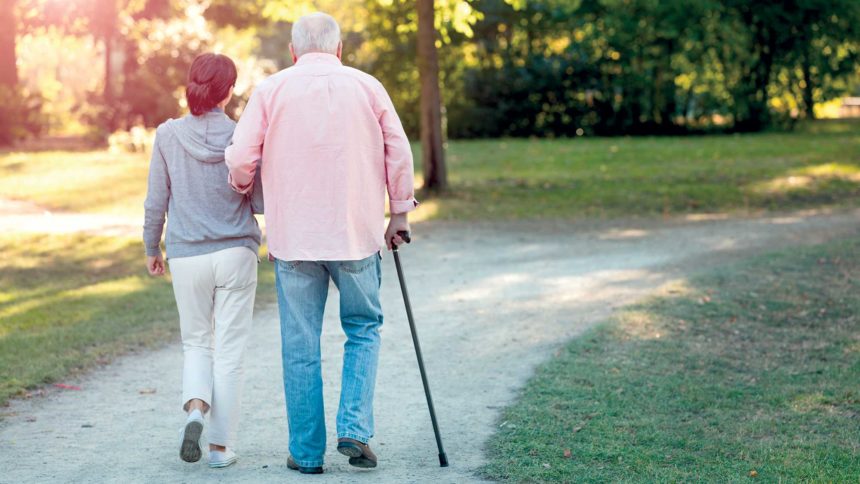
Working out with a buddy seems to be like a win-win, but that may not be the case. Older adults who exercise with their spouses have lower physical activity levels than those who workout solo, according to a new study.
Another finding: People who got feedback from their fitness trackers had higher activity levels, according to the study released last year in the International Journal of Human-Computer Interaction.
Researchers from the Wee Kim Wee School of Communication and Information in Singapore enrolled 240 participants in Singapore who were between 54 to 72 years old. All of the people were married and living with their spouses. The participants were split into groups: two groups of 30 couples who worked out together and two groups of 60 people who worked out without their spouse. Half of the people used fitness trackers, and the other people didn’t.
The team collected data over the course of a 12-week span. The scientists gauged if the people met their daily step counts of 5,000, 7,500, 10,000 and 15,000 steps.
“The average participant in our study is 60 years old and has been married to and living with the same spouse for 30 years,” Sapphire Lin, who led the research, said in a statement. “This suggests that the study participants have well-established routines that do not necessarily include exercising with their spouse. For these couples, changing daily habits could require a major reshuffling of set habits and routines ingrained in their family life after years of marriage. This makes incorporating exercise difficult and could lead to a demotivating effect.”
People who worked out alongside their spouses had lower mean and median step counts. The same participants didn’t meet the higher step counts as frequently as those who worked out alone.
Meanwhile, those who checked their fitness trackers for real-time feedback got daily step counts of 7,500 and 10,000 more frequently than those who didn’t use the trackers. However, real-time feedback did not increase the frequency of older adults achieving low step counts of 5,000 steps or high step counts of 15,000.
These findings indicate that it may be more effective to encourage behavioral or lifestyle changes such as physical activity in older adults individually rather than in couples, the authors said.
Next up for the research team is to better analyze the data to propose policies to foster active aging. The team wants to see how these programs can narrow the gaps in health and technology inequalities in people with lower socioeconomic status so those people can still stay active and reap the health benefits of doing so.



